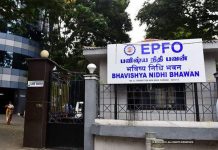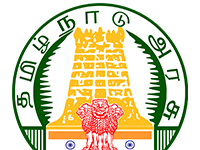
India needs clear standard operating procedures as well as a legal definition of death
Literature, poetry and philosophy converge with medicine in recognising that the rhythm of life is dependent on the beating heart and pulsating brain. Yet it is only medical science that asks which organ’s cessation determines whether death has occurred.
In April, the Kerala government issued protocols to confirm brain death caseswith the intention of making organ transplantation more transparent in the State. However, for all the advances in medicine (or perhaps because of them) there is a lack of clarity, medically and ethically, about assessing when the moment of death has occurred.
Historically, death was noted to occur when the heart stopped pumping blood. Death was identified by cardiorespiratory failure; doctors would feel for a pulse, check for breath, and sometimes even hold a mirror before the nose to test for condensation. The arrival of the modern ventilator upended this simple understanding of the end of life. As intensive care medicine took shape, defining death became more complex, encompassing religion and ethics. In medicine, the definition entered the realm of neuroscience. Terms such as the “death of the nervous system” and “coma dépassé,” or irreversible state of coma and apnoea, became part of the medical lexicon.
But could a person be declared dead if the heart and lungs continued to function after brain death? In India, two Acts give different answers. Brain stem death — different from brain death — is only acknowledged in the Transplantation of Human Organs Act, 1994, whereby a deceased person is one “in whom permanent disappearance of all evidence of life occurs, by reason of brain stem death or in a cardiopulmonary sense, at any time after live birth has taken place.” On the other hand, Section 2(b) of the Registration of Birth and Death Act, 1969, excludes the diagnosis of brain death. It defines death as the “permanent disappearance of all evidence of life at any time after live-birth has taken place”. By its definition, a patient on ventilator support may not necessarily be dead.
In the U.S., the case of 13-year-old Jahi McMath has fuelled the debate. Ever since she was declared legally brain dead after a tonsil surgery that went wrong, her parents have been fighting for the declaration to be revoked. She turned 17 last year and reached puberty while on life support, forcing many to question how she could be declared dead.
American bioethicist and paediatrician Robert Truog wrote: “Although legal definitions are typically defined by bright lines, biology tends to be continuous.” He further argued that the diagnosis of brain death functions was a self-fulfilling prophecy as once the ventilators are disconnected, invariably cardiorespiratory death follows.
While biology and law function differently, clear standard operating procedures as well as a legal definition of death in India could go a long way in establishing trust between patients and doctors.






























